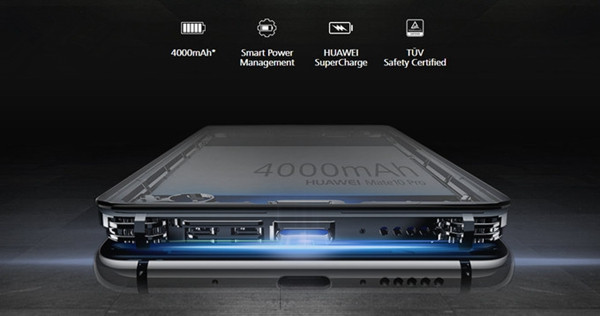Huawei Mate 10 is certified by Rheinland and can be safely charged
[PConline News] At 10:00 AM Beijing Time on October 16th, Huawei officially unveiled three new models in Munich, Germany: the Mate 10, Mate 10 Pro, and the limited-edition Mate 10 Porsche Design. All three devices feature a powerful 4000mAh battery and support Huawei's SuperCharge technology, which can deliver up to 22.5W of charging power. According to the company, the Mate 10’s battery life can last up to two days, while its fast charging capability promises "20 minutes of charge, 24 hours of use." To ensure user safety, Huawei confirmed that the fast charging system of the Mate 10 has passed TÜV Rheinland's rigorous safety certification. As one of the most respected certification bodies in the world, TÜV Rheinland conducts extensive testing for product safety. In this case, they tested hundreds of fast charging cycles and exposed the devices to extreme temperatures to ensure reliability. The Mate 10’s fast charging system is now the first of its kind to receive this certification from TÜV Rheinland. Additionally, Huawei tested the durability of both the charging port and the cable, ensuring they can withstand over 10,000 insertions and removals. Battery safety has long been a major concern in the tech industry, especially after several high-profile incidents involving overheating or malfunctioning batteries. By undergoing such thorough testing, Huawei aims to reassure users that the Mate 10 is not only powerful but also safe to use every day. With these advancements in battery performance and safety, Huawei continues to push the boundaries of smartphone technology, offering users a reliable and efficient experience. Whether you're a daily commuter or a frequent traveler, the Mate 10 is designed to keep up with your lifestyle without compromising on safety or performance.
Wall brackets of cable tray are essential components in cable management systems. They are used to support cable trays on walls, ensuring that cables are organized and protected from damage. In this article, we will discuss the different types of wall brackets available in the market, their features, and how they are used. Wall Brackets Of Cable Tray,Heavy-Duty Wall Brackets,Cantilever Wall Brackets,Tray-To-Tray Wall Brackets Rayhot Technology Group Co.,Ltd , https://www.cnrayhot.com

Types of Wall Brackets
There are several types of wall brackets available for cable trays, including:
1. Standard Wall Brackets: These brackets are the most commonly used and are designed to support cable trays at a fixed distance from the wall. They are available in different sizes and materials, including galvanized steel, stainless steel, and aluminum.
2. Adjustable Wall Brackets: These brackets are designed to provide flexibility in the installation of cable trays. They can be adjusted to different angles, allowing for the installation of cable trays on uneven surfaces.
3. Ladder Rack Wall Brackets: These brackets are designed for use with ladder-style cable trays. They are available in different sizes and can be used to support cable trays at different heights.
Features of Wall Brackets
Wall brackets of cable tray come with several features that make them suitable for different applications. Some of the features to consider when choosing wall brackets include:
1. Material: Wall brackets are available in different materials, including galvanized steel, stainless steel, and aluminum. The choice of material will depend on the application and the environment in which the cable tray will be installed.
2. Load Capacity: Wall brackets come with different load capacities. It is important to choose a bracket with a load capacity that is suitable for the weight of the cable tray and the cables it will support.
3. Adjustability: Adjustable wall brackets provide flexibility in the installation of cable trays. They can be adjusted to different angles, allowing for the installation of cable trays on uneven surfaces.
4. Corrosion Resistance: Wall brackets made of galvanized steel or stainless steel are resistant to corrosion and are suitable for use in harsh environments.